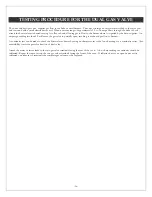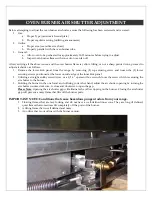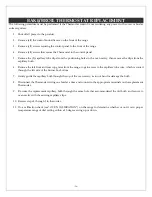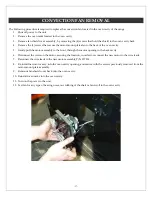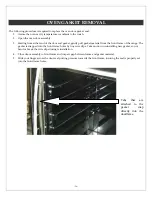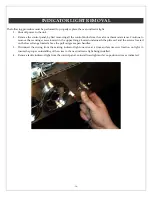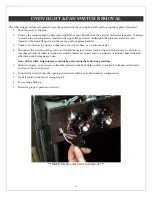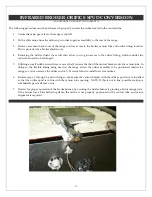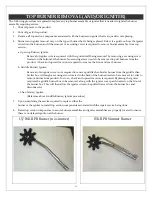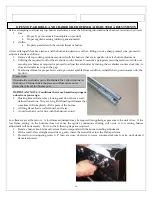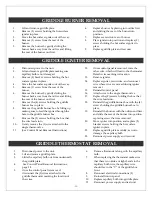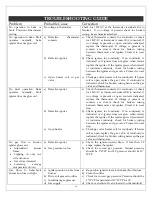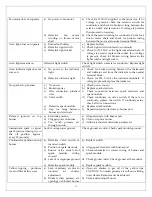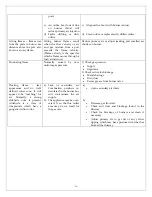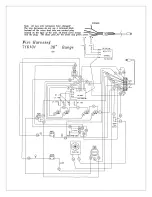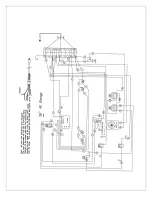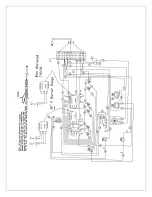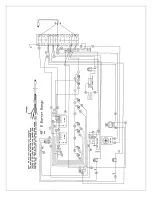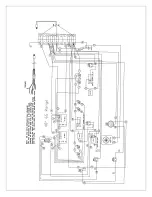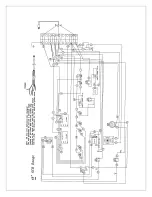
- 38 -
ports
c) An orifice hood out of line
on burner throat will
reduce primary air injection
d) Faulty drilling or dirty
orifice
c) Align orifice hood with burner venturi.
d) Clean orifice or replace faulty drilled orifice.
Lifting flames – flames rise
from the ports to burn some
distance above the port, also
known as noisy flame.
Lifting burner flames result
when the flow velocity or air
and gas mixture from a port
exceeds the flame velocity.
(Flame velocity is the speed at
which a flame moves through a
fuel/air mixture)
Reduce primary air or adjust (making port smaller) air
shutter on burner.
Fluctuating
flame
Normally caused by non-
uniform gas pressure.
1) Check gas pressure
•
Supply
•
Regulator
2) Check orifice for blockage
•
Metal shavings
•
Dirt/dust
•
Excess grease from burner valve
Floating flame – lazy
appearance and no well-
defined inner cone. It will
appear to be “reaching” for
air. Normally, a strong
aldehyde odor is present.
Aldehyde is a class of
compounds which have a
pungent, distinct odor.
a) Lack of secondary air.
Combustion products re-
circulated in the burner box
will contaminate the air
supply.
b) The appliance may be over-
rated. If so, the flue outlet
area may be too small for
the gas rate.
a)
•
Open secondary air inlets
b)
•
Decrease gas flow rate
•
Check and clear and blockage found in the
flueway
•
Check for blockage of burners and clean if
necessary
•
Adjust primary air to get rid of any yellow
tipping which may have produced soot that has
blocked the flueway

